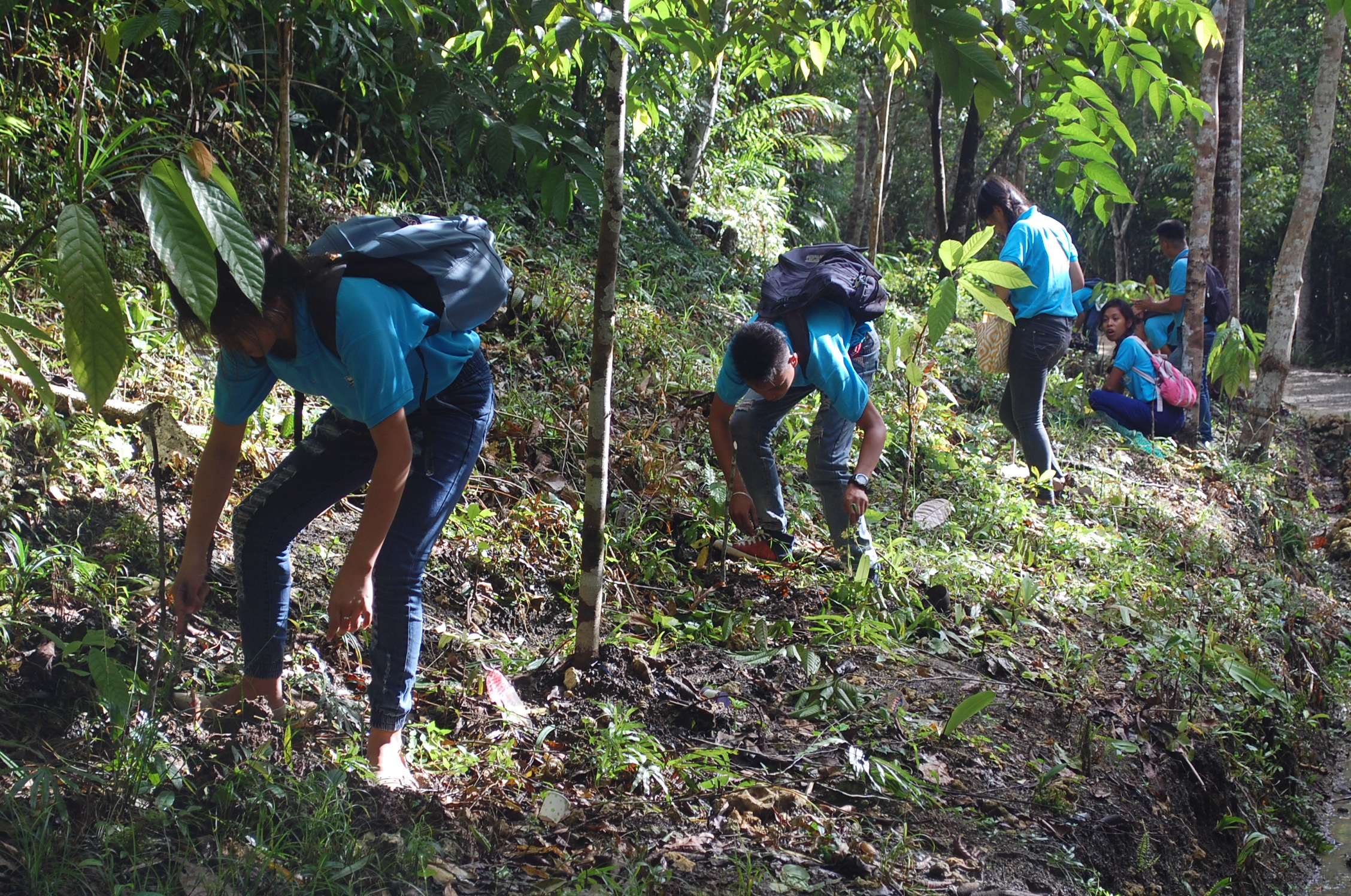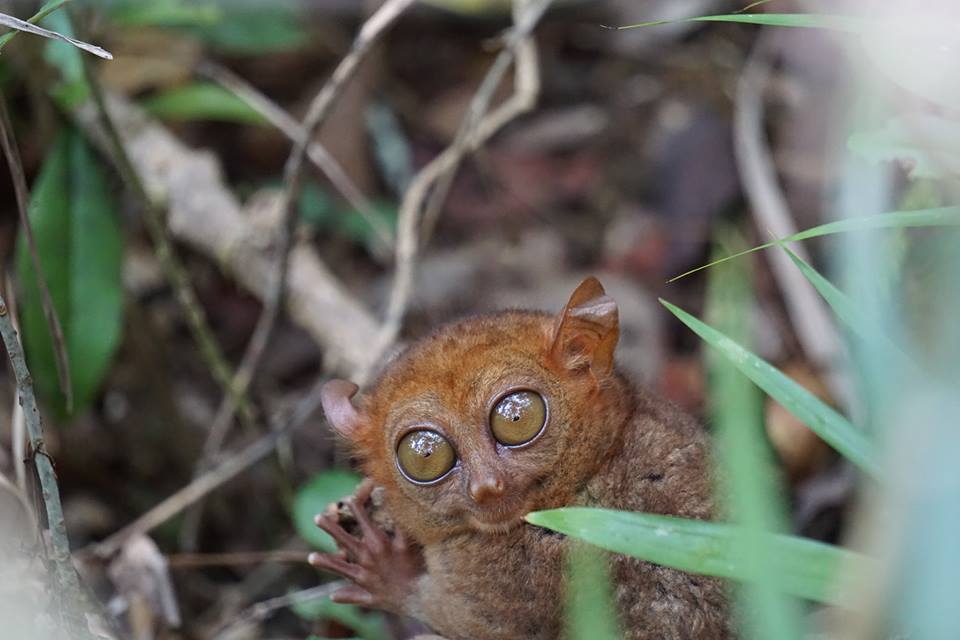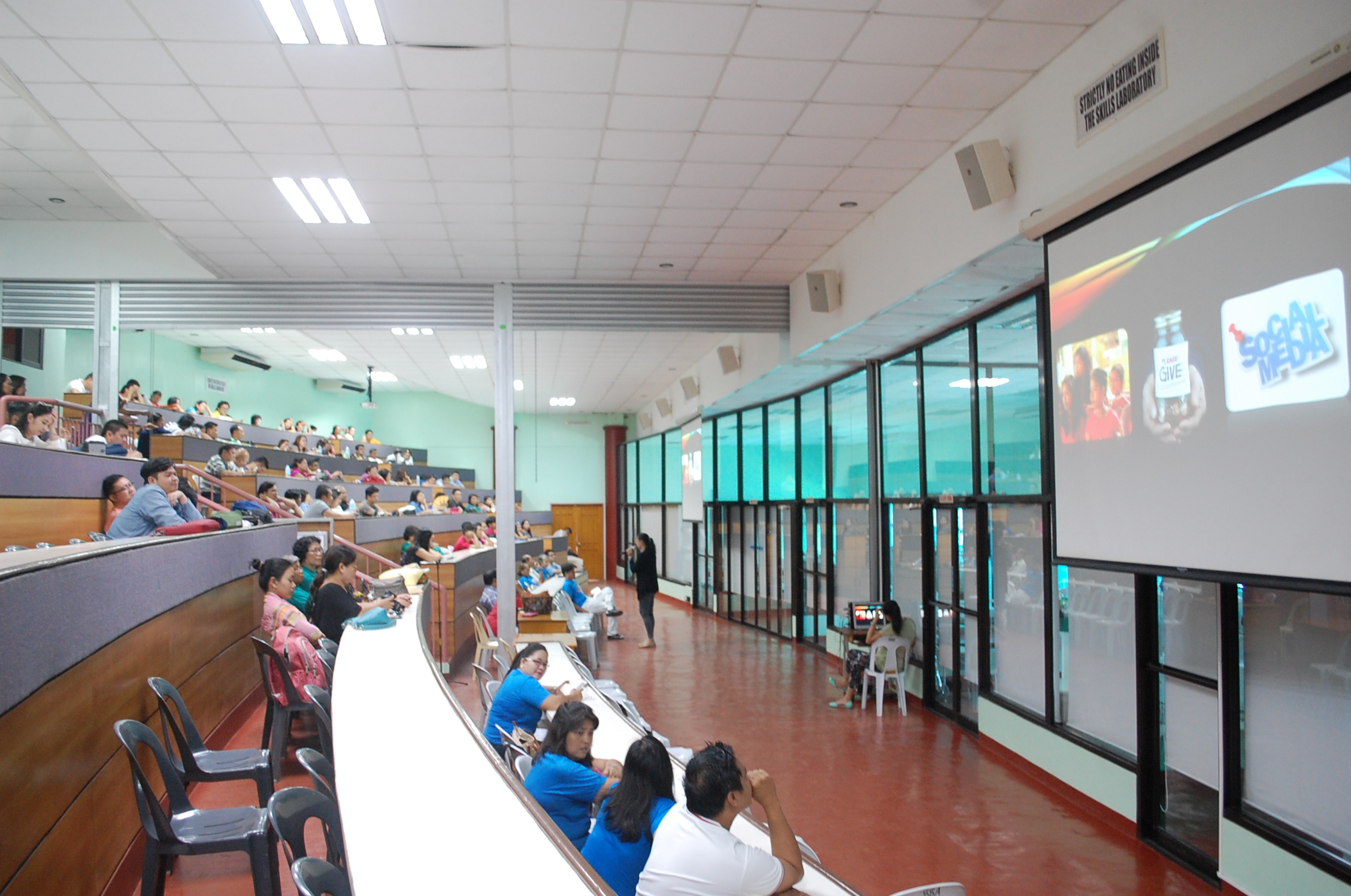“To help preserve the world’s smallest primate” and the Mother Earth as a whole.”-excerpts from Tzu Chi Foundation
Last October 22, 2016, Philippine Tarsier Foundation, Corella Tarsier Sanctuary got a wonderful visit from Tzu Chi Foundation. The visit was primarily for biodiversity support of the Tarsier Sanctuary by planting close to 140 insect host plants which are basically fruit trees.
The fruit trees would attract insects such as beetles and grasshoppers which are the ideal food for tarsiers… not fruit and certainly not worms! Not matter how mega or superworm they are. Or no matter how cultured those maybe.
Plus the Tarsiers health primarily rests on their need to hunt and that means allowing them to roam for more than 1 kilometer every night to catch live insects. That is why caging them would never work! And claims of breeding them in a 20 meter square area is just simple–IMPOSSIBLE! 🙂
Tarsier population in Corella is growing and therefore the need for insects too is increasing, and these fruit trees are a GREAT HELP.
Sad But True: Other tarsier sites in Bohol (because tarsiers scattered all over Bohol) are experiencing a decrease in tarsier numbers so much since the areas too have tarsier viewing facilities which are simply for profit no matter how fancy they call themselves be and tarsiers just aren’t happy with mahogany trees.
Thank you Tzu Chi for the warm support. May the world be filled with amazing humans like you.




